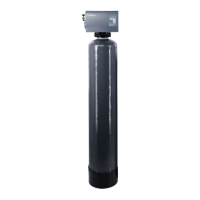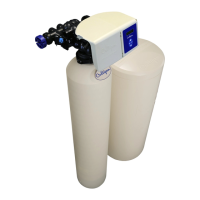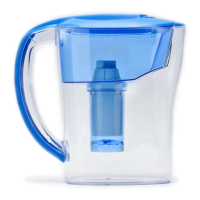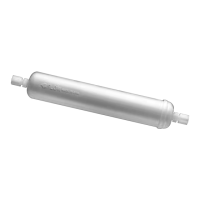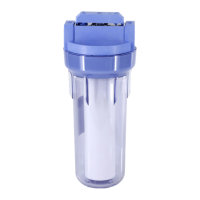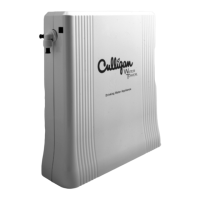Why Water Gets Hard And How It Is Softened
All of the fresh water in the world originally falls as rain, snow, or sleet� Surface water is drawn upward by the sun, forming
clouds� Then, nearly pure and soft as it starts to fall, it begins to collect impurities as it passes through smog and dust-laden
atmosphere� And as it seeps through soil and rocks it gathers hardness, rust, acid, unpleasant tastes and odors�
Water hardness is caused primarily by limestone dissolved from the earth by rainwater� Because of this, in earlier times people
who wanted soft water collected rainwater from roofs in rain barrels and cisterns before it picked up hardness from the earth�
Some localities have corrosive water� A softener cannot correct this problem and so its written warranty disclaims liability
for corrosion of plumbing lines, fixtures or appliances� If you suspect corrosion, your Culligan dealer has equipment to
control the problem�
Iron is a common water problem� The chemical/physical nature of iron found in natural water supplies is exhibited in
four general types:
1. Dissolved Iron – Also known as ferrous, soluble or clear water iron� Dissolved iron is soluble in water and is
detected by taking a sample of the water to be treated in a clear glass or white Styrofoam cup� The water is
initially clear, but on exposure to the air it may gradually turn cloudy or colored as the iron oxidizes� Up to 5 ppm
of this type of iron can be removed from the water by the same ion exchange principles that remove the hardness
elements of calcium and magnesium� Dissolved iron is the only type of iron a water softener will reliably remove�
2. Particulate Iron - Also known as ferric iron or, rust� This type of iron is an undissolved particle of iron� A
softener will trap some of the larger particles of iron, but many will not be flushed out of the resin bed during the
regeneration cycle� This will eventually lead to an accumulation of particulate iron in the resin bed and to service
and foul the ion exchange resin� A pre-filter will be required to remove this type of iron prior to the water softener�
3. Organic Bound and Colloidal Iron – Organically bound iron is strongly attached to organic matter in the water�
The ion exchange process alone cannot break this attachment and the softener will not reduce it� Colloidal
particles will also not exchange onto softening resin are too small to be removed by conventional filtration�
4. Bacterial Iron - This type of iron is protected inside a bacteria cell� Like the organic bound iron, it is not removed
by a water softener�
When using a softener to remove both hardness and dissolved iron it is important that it regenerates more frequently
than ordinarily would be calculated for hardness removal alone� Although many factors and formulas have been used to
determine this frequency, it is recommended that the softener be regenerated when it has reached 50–75% of the calculated
hardness alone capacity� This will minimize the potential for bed fouling� (Iron removal claims have not been verified by the
Water Quality Association�)
If you are operating a water softener on clear water iron, regular resin bed cleaning is needed to keep the bed from coating
with iron� Even when operating a softener on water with less than the maximum of dissolved iron, regular cleaning should
be performed� Clean every six months or more often if iron appears in your conditioned water supply� Use resin bed cleaning
compounds, carefully following the directions on the container�
NOTE! Do not use where the water is microbiologically unsafe or with water of unknown quality without
adequate disinfection before or after the unit.
10
01040692 B 04/21
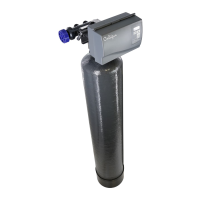
